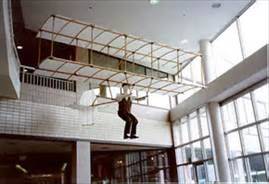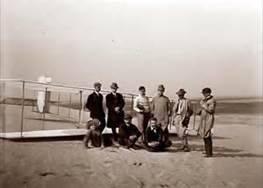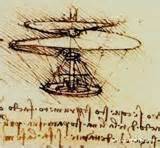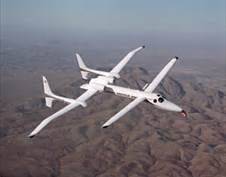 It’s no secret that I am a big fan of educational summer activities for children. I like providing the kids in my life with fun experiences that don’t rot their brains. I do not, however, like sweating. I enjoy working their little brains, not my arm pits. And I don’t want to be “boring Aunt Katie,” so I had better deliver. I’ve found that a gigantic dome with flashing lights and music does the trick.
It’s no secret that I am a big fan of educational summer activities for children. I like providing the kids in my life with fun experiences that don’t rot their brains. I do not, however, like sweating. I enjoy working their little brains, not my arm pits. And I don’t want to be “boring Aunt Katie,” so I had better deliver. I’ve found that a gigantic dome with flashing lights and music does the trick.
Staerkel Planetarium only has shows that are suitable for kids. They aren’t just appropriate in terms of language and content, they spark the interest of young minds. These exhibitions are fun and educational, and a family won’t have to re-write their budget to take part. The Sesame Street stuff is obviously for young children, but other shows, like Flight Adventure, are geared toward scientists young and old.
 I’m gonna veer for a second here, but stay with me. I’ve done a lot of amateur acting, almost all of it on stage. I’ve done a small amount of film acting—for local, independent projects—and a teeny tiny bit of professional voice and character acting. Voice-over, stage, and on-camera work for kids’ programming can be a mind numbing process—and not just for the performers. The scripts, as a rule, are unnatural and corny. The subject matter is objectively interesting but almost always shoved into some loud, fictional universe with characters we’re expected to adore instantly. As an actor, it’s cumbersome and sometimes mortifying to do. As an adult audience member, children’s shows can be more agonizing than dental work.
I’m gonna veer for a second here, but stay with me. I’ve done a lot of amateur acting, almost all of it on stage. I’ve done a small amount of film acting—for local, independent projects—and a teeny tiny bit of professional voice and character acting. Voice-over, stage, and on-camera work for kids’ programming can be a mind numbing process—and not just for the performers. The scripts, as a rule, are unnatural and corny. The subject matter is objectively interesting but almost always shoved into some loud, fictional universe with characters we’re expected to adore instantly. As an actor, it’s cumbersome and sometimes mortifying to do. As an adult audience member, children’s shows can be more agonizing than dental work.
 Flight Adventure has its flaws, don’t get me wrong, but the acting is quite natural. The dialogue isn’t corny, and the characters are curious/knowledgeable human beings. There isn’t any “HI, kids! My name is !” It’s a simple story about a smart young girl and her grandfather, who start the show by flying a kite. Their relationship is warm and cheerful without being hyperactive. The grandfather has a lot to teach his granddaughter, and she is happy to learn.
Flight Adventure has its flaws, don’t get me wrong, but the acting is quite natural. The dialogue isn’t corny, and the characters are curious/knowledgeable human beings. There isn’t any “HI, kids! My name is !” It’s a simple story about a smart young girl and her grandfather, who start the show by flying a kite. Their relationship is warm and cheerful without being hyperactive. The grandfather has a lot to teach his granddaughter, and she is happy to learn.
They head to Chanute Air Museum in Rantoul to learn more about how kites, airplanes, and birds fly. The museum is named after Octave Chanute, a man who was considered the father of aviation when he was around (in the late 1800s and early 1900s). He was a pioneer; a railroad man turned aviation enthusiast.
 The scientific duo learns about “the history and future of flight and how NASA is discovering new and safer ways to travel with the help of future engineers and aviators—like you!” From Leonardo Da Vinci to the Wright brothers to NASA engineers, the air museum trip covers human flight from beginning to future.
The scientific duo learns about “the history and future of flight and how NASA is discovering new and safer ways to travel with the help of future engineers and aviators—like you!” From Leonardo Da Vinci to the Wright brothers to NASA engineers, the air museum trip covers human flight from beginning to future.
It is ironic, however, that a show that covers so many fancy schmancy technological advances has an obvious design flaw that shows itself in almost every scene of Flight Adventure. Whenever someone walks behind a tree (in the obvious green screen background), they disappear. I probably would have noticed it after the second or third time, but Dave told us to watch for it. So I saw it every. single. Time. And I’m so grateful.








